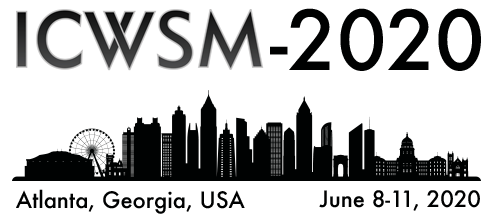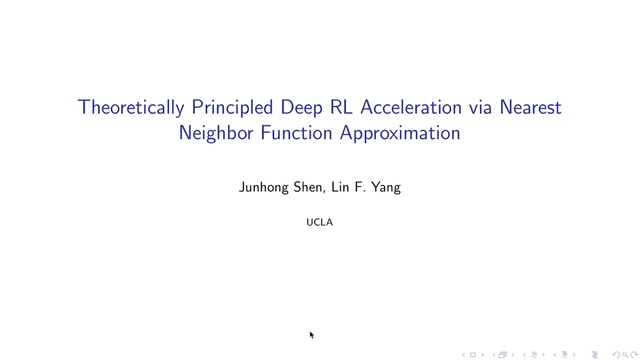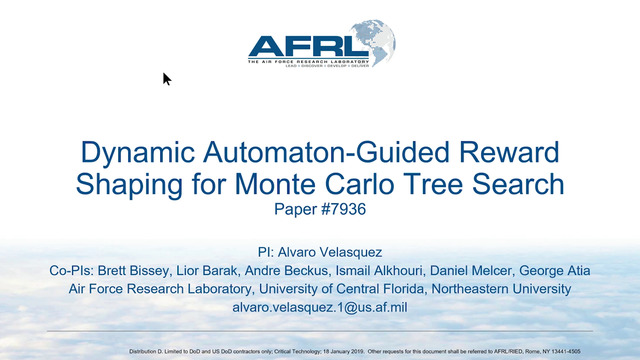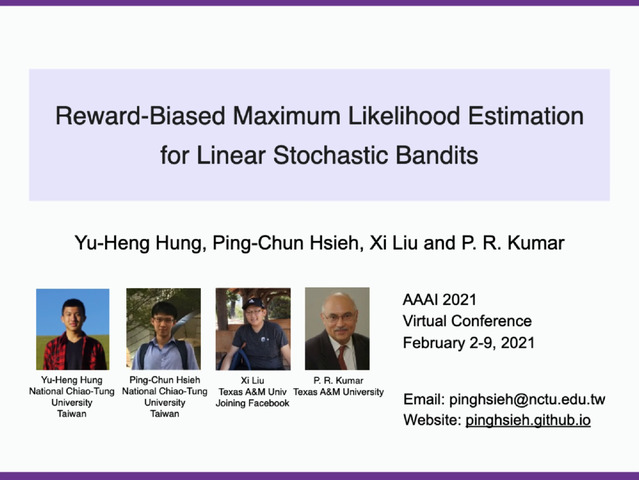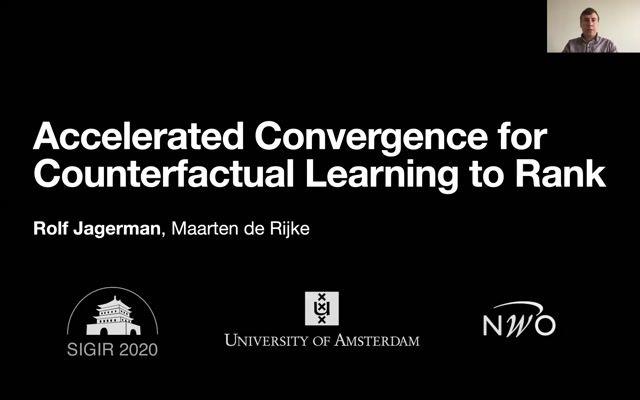Abstract:
Finding a set of users that can maximize the spread of information in a social networkis an important problem in social media analysis -- being a critical part of several real-world applications such as viral marketing, political advertising and epidemiology. Although influence maximization has been studied extensively in the past,the majority of works focus on the algorithmic aspect of the problem, overlooking several practical improvements that can be derived by data-driven observations or the inclusion of machine learning.The main challenges of realistic influence maximization is on the one hand the computational demand of the diffusion models' repetitive simulations, and on the other the accuracy of the estimated influence spread.In this work, we propose L-CELFIE, an influence maximization method that utilizes learnt influence representations from diffusion cascades to overcome the use of diffusion models.It comprises of two parts. The first is based on inf2vec, an unsupervised learning model that embeds influence relationships between nodes from a set of diffusion cascades. We create a new version of the model,based on observations from influence analysis on a large scale dataset, to match the scalability needs and the purpose of influence maximization.The second part capitalizes on the learned representations to redefine the traditional live-edge model sampling for the computation of the marginal gain.For evaluation, we apply our method in the Sina Weibo and MAG-CS datasets, two large scale networks acompanied by diffusion cascades.We observe that our algorithm outperforms various baseline methods in terms of seed set quality and speed. In addition, the proposed inf2vec modification for influence maximization provides substantial computational advantages in the price of a minuscule loss in the influence spread.

